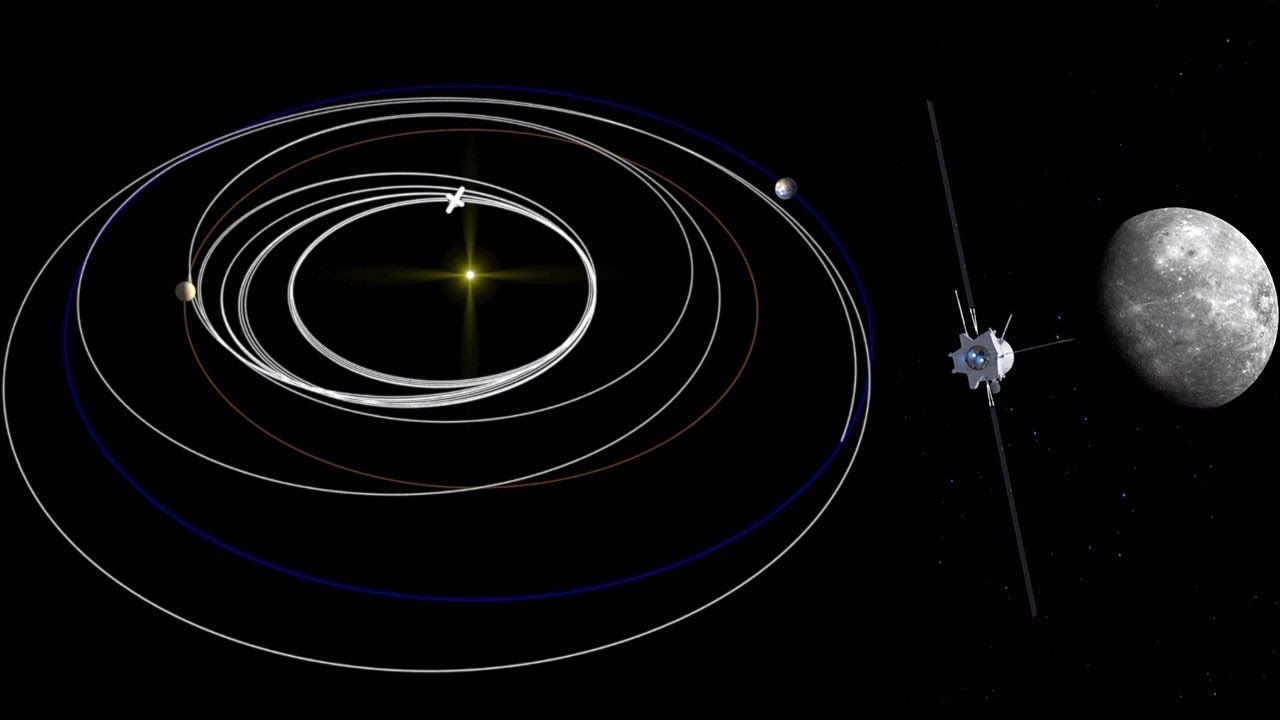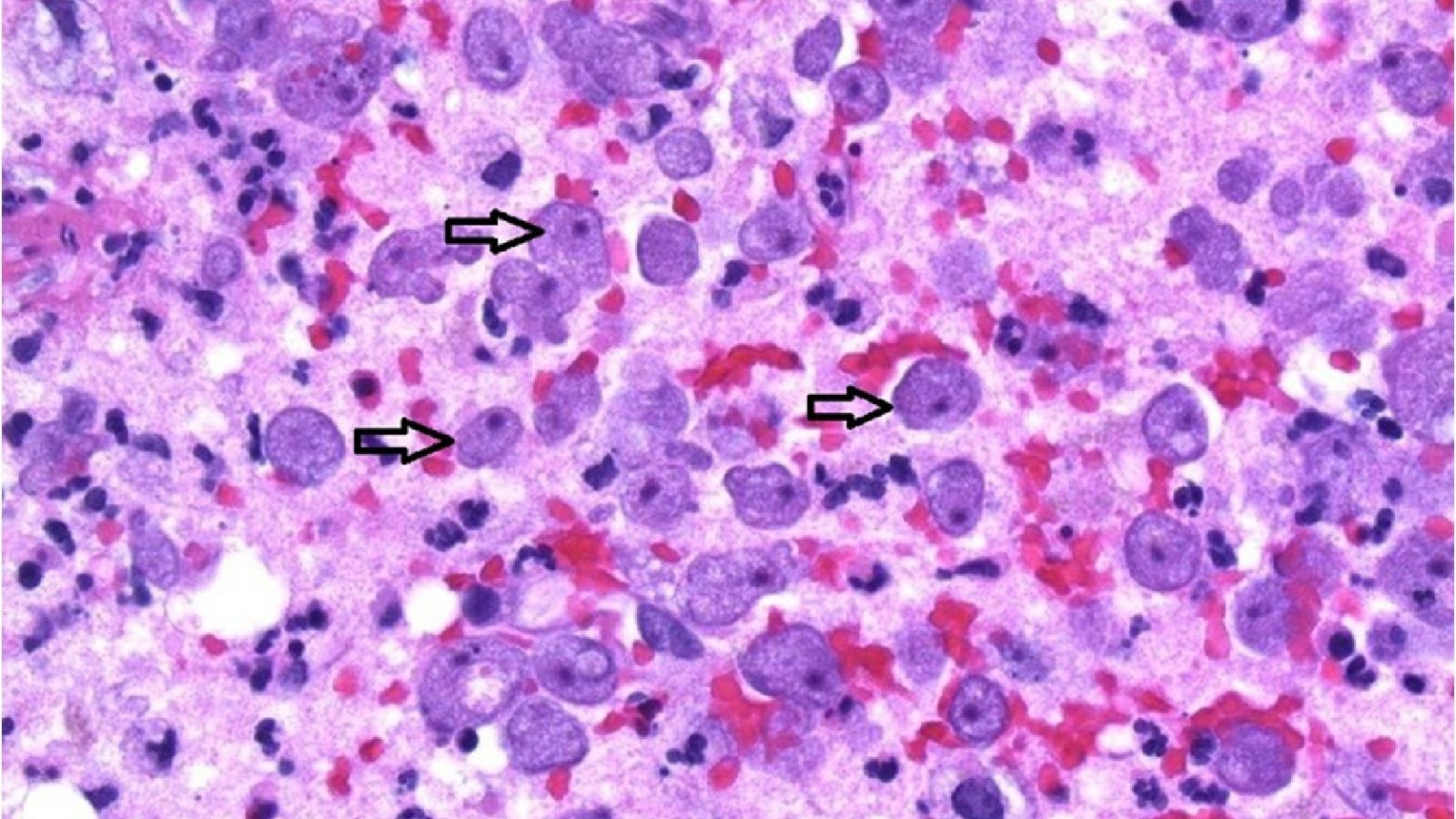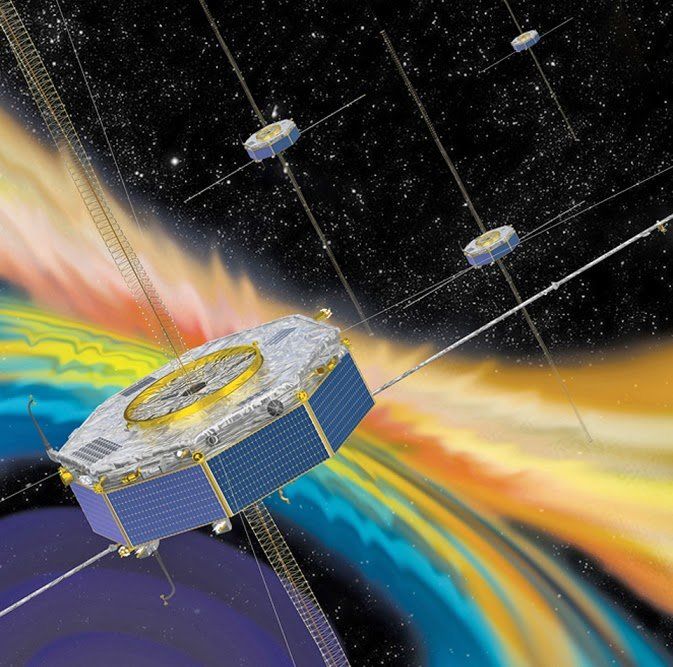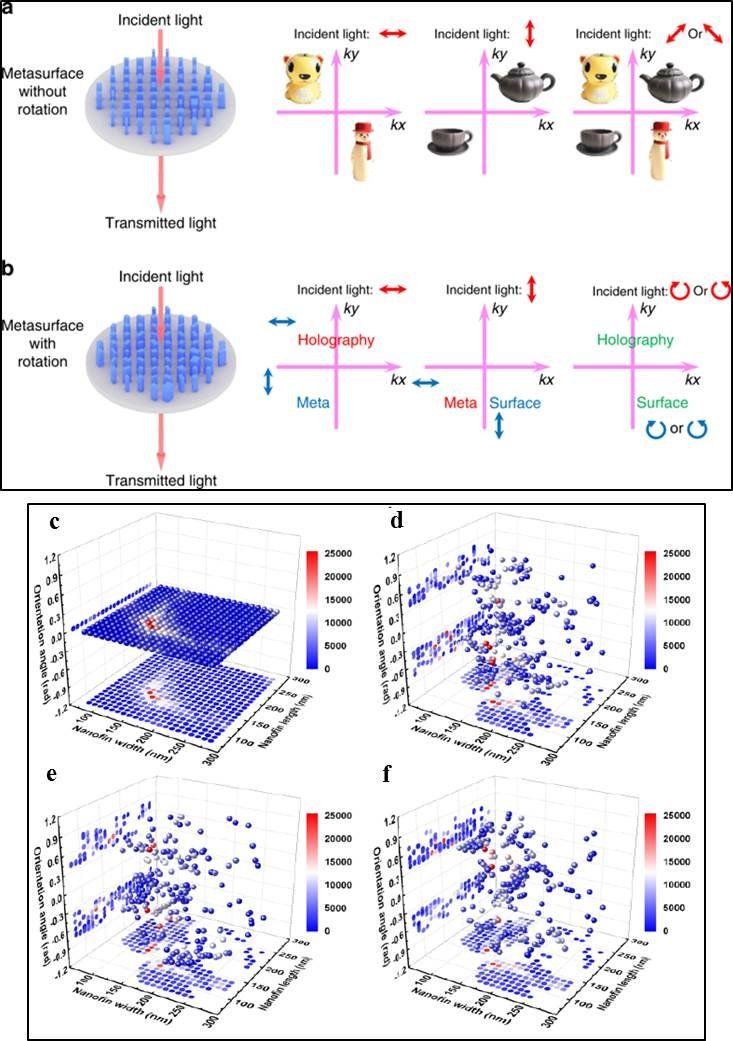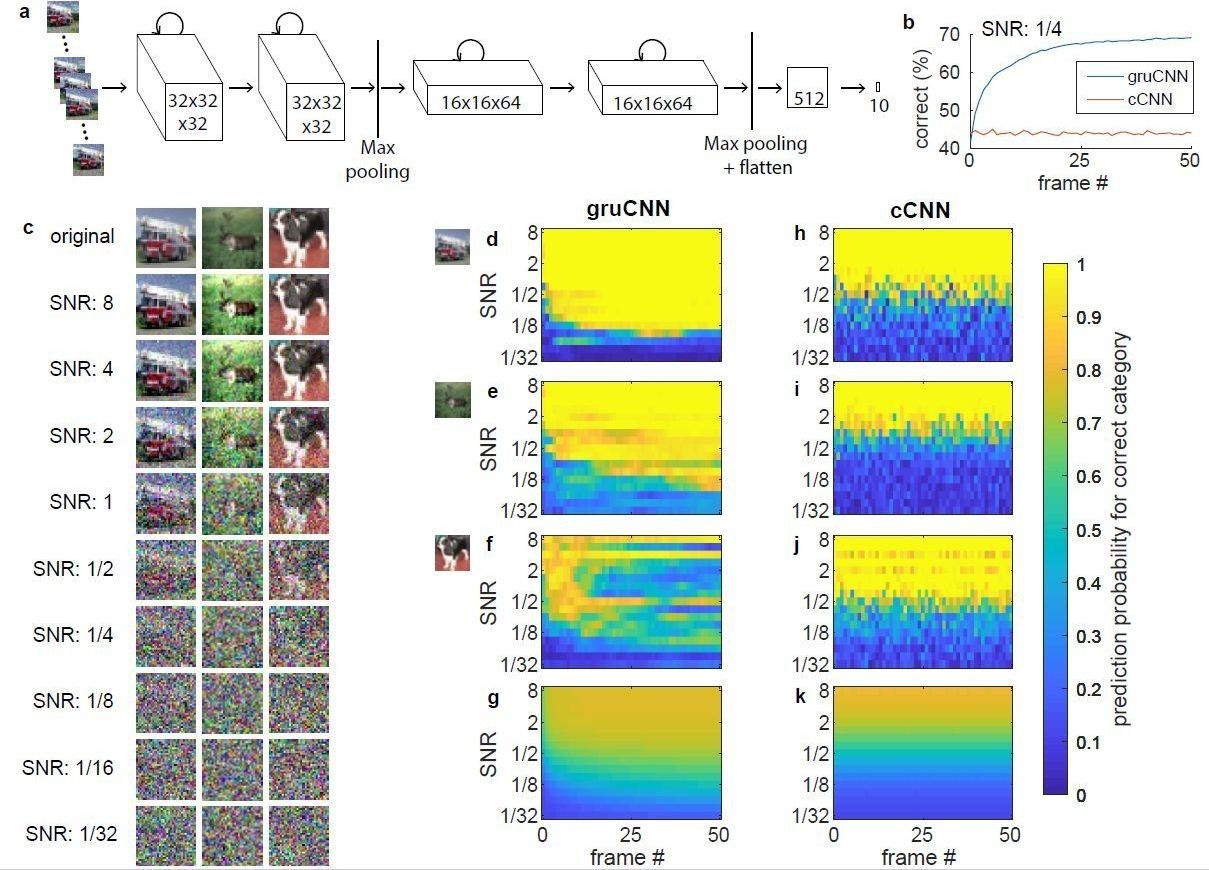Dec 7, 2018
We Need to Prepare For Quantum Attacks Now, Top US Scientists Warn
Posted by Genevieve Klien in categories: biotech/medical, cybercrime/malcode, engineering, information science, quantum physics
The promise of quantum computing brings with it some mind-blowing potential, but it also carries a new set of risks, scientists are warning.
Specifically, the enormous power of the tech could be used to crack the best cyber security we currently have in place.
A new report on the “progress and prospects” of quantum computing put together by the National Academies of Sciences, Engineering, and Medicine (NASEM) in the US says that work should start now on putting together algorithms to beat the bad guys.
Continue reading “We Need to Prepare For Quantum Attacks Now, Top US Scientists Warn” »

